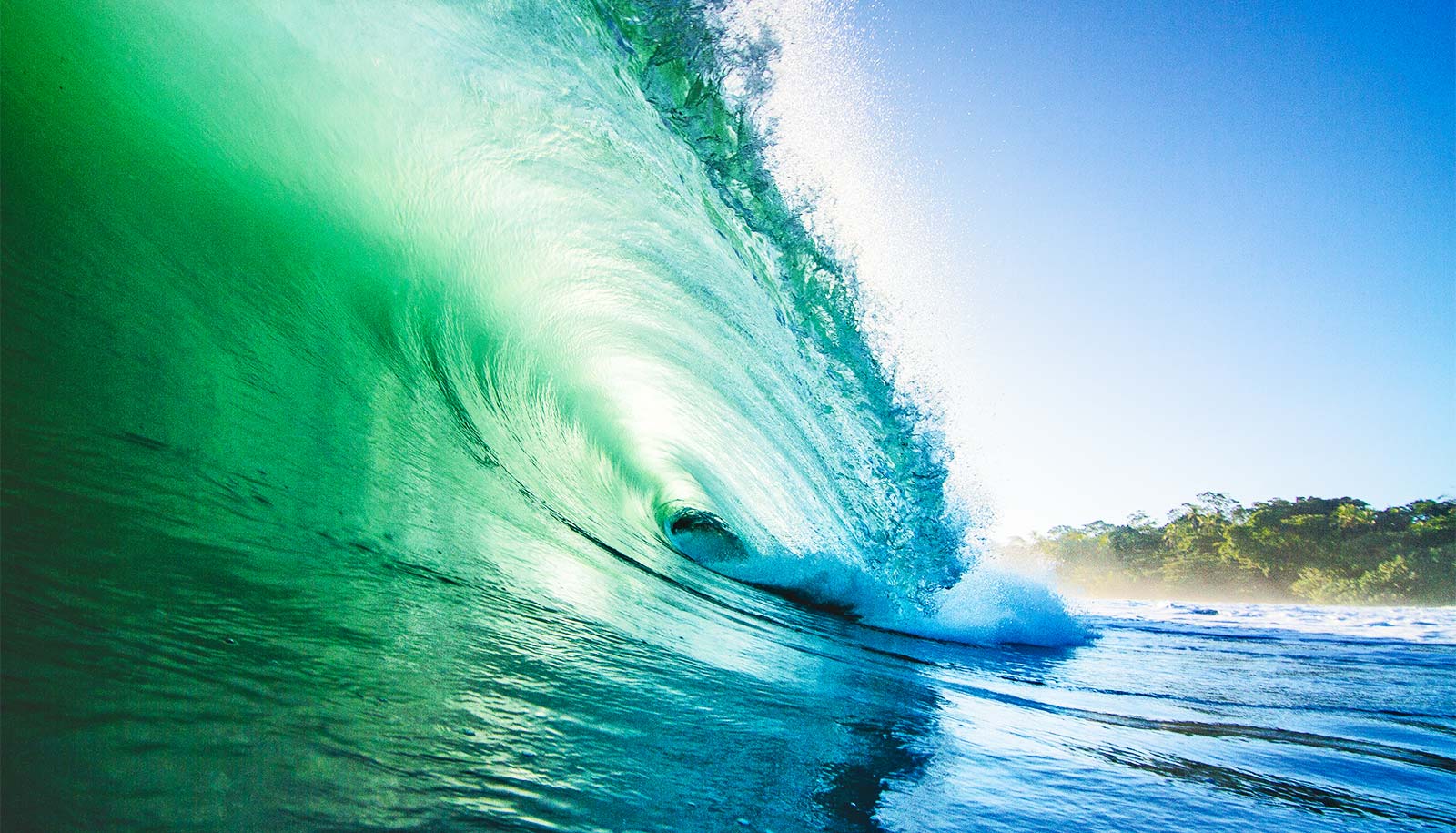Fishing bans don’t have to hurt fishing communities in favor of environmental and wildlife protection, according to a new study.
“…the challenge remains where conservation and socioeconomic goals conflict…”
Researchers tracked vessels during a short-lived trawling moratorium in the Adriatic Sea and found that fishers maintained their catch levels by fishing elsewhere. The findings suggest that such bans can protect overfished regions without hurting people’s livelihoods and could influence efforts to protect other sensitive regions.
“Our findings demonstrate how even in areas where there’s intense and complex use, it is possible for different parties to achieve success,” says study coauthor Fiorenza Micheli, professor of marine science at Stanford University. The findings informed a European Union decision to extend the protection.
The study tracked fishing vessels through a common onboard technology, Automatic Identification System, that regularly transmits data as a way of preventing collisions. By tracking the boats, researchers found fishing vessels that complied with a one-year fishing ban maintained their catch levels by moving to other areas.
In addition to supporting more permanent protection in the Adriatic, the results hold promise for other highly exploited areas around the world where enforcement is challenging.
“We’re protecting the sea’s ability to heal itself and ensuring our own economic health in the process—both in the short and long term.”
The Adriatic Sea hosts a large fraction of all recorded Mediterranean marine species. Because of its richness, the sea has long been exploited and suffers from habitat damage.
In particular, the intensely exploited Jabuka-Pomo area in the central Adriatic serves as an important breeding ground for a number of commercially valuable species like European hake and Norway lobster.
To protect these resources, Italy and Croatia enacted a one-year ban in the area against trawling the sea floor with large nets. The ban, enacted in 2015, came after decades of scientific investigation. At the time, the fishing industry voiced concerns about potential lost income from not being able to access their traditional fishing grounds.
Wealthy nations dominate ocean fishing
Based on the group’s findings that the ban did not hurt yields, the General Fisheries Commission for the Mediterranean Sea and the European Union extended the closure for an additional three years. Pending evaluation of the ban’s benefits, it may be extended further.
“The decision to extend protection was a significant step forward, but the challenge remains where conservation and socioeconomic goals conflict,” says lead author Robin Elahi, a postdoctoral fellow. The study found that some of the displaced fishing affected other sensitive habitats—a downside that Elahi and Micheli plan to examine more closely in upcoming research.
The group says its approach could be used to observe fishing behavior around other marine protected areas and to track whether the bans force fishers into other sensitive ecosystems. It could even serve as a deterrent to violating fishing restrictions.
“If we want to continue to catch fish, we have to create places where there is no fishing,” says Micheli, a senior fellow at the Stanford Woods Institute for the Environment and co-director of the Stanford Center for Ocean Solutions.
“We’re protecting the sea’s ability to heal itself and ensuring our own economic health in the process—both in the short and long term.”
See an almost real-time map of global fishing
The research will appear in Frontiers in Ecology and Environment. Additional coauthors are from Stanford, the Polytechnic University of Marche, the Consiglio Nazionale delle Ricerche, and Navama Technology for Nature.
The Stanford Woods Institute for the Environment’s Environmental Venture Projects program and Oceans 5 supported the work.
Source: Nicole Kravec for Stanford University



